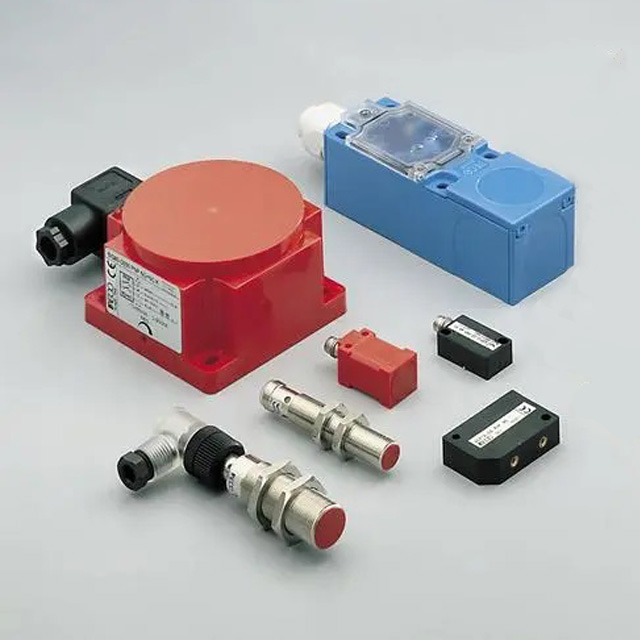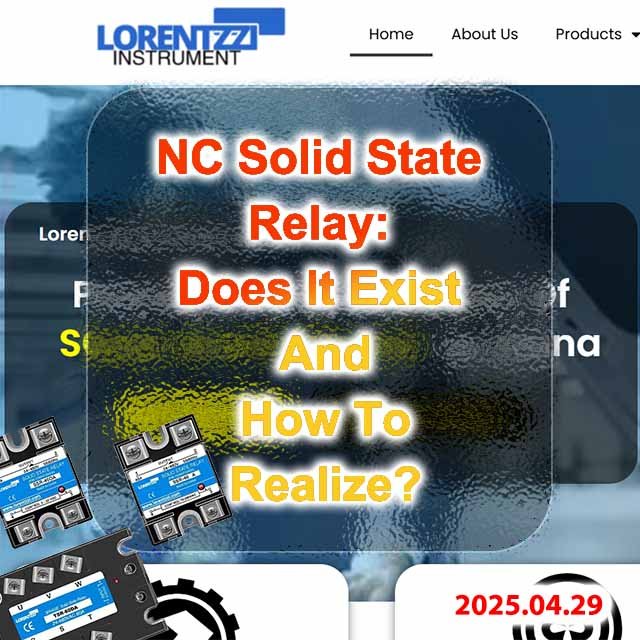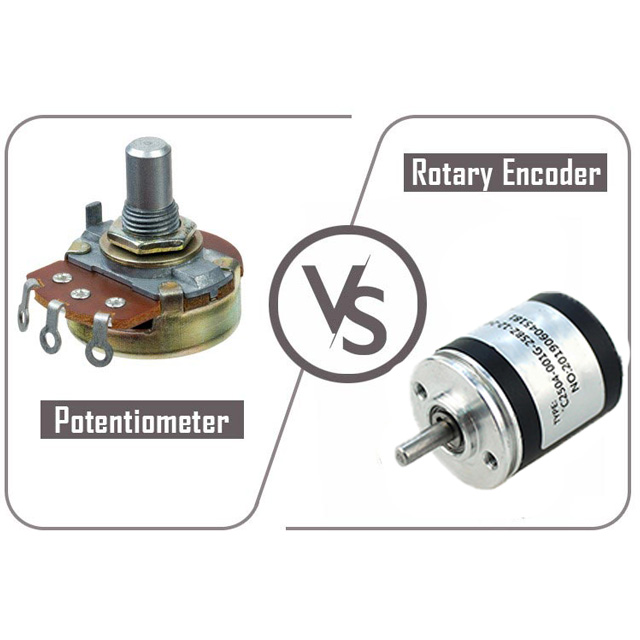Capacitive and inductive sensors are two common sensors that we use extensively in the industrial automation industry. Understanding their differences can help us choose more appropriate products for different applications. This article will explain what capacitive and inductive sensors are and their 5 differences.
Table of Contents
What is a capacitive proximity sensor?
A capacitive proximity sensor is a contactless on/off switch designed to detect any type of materials. It works like a capacitor which only has one plate, the other plate will be the target within its detection distance.
What is an inductive proximity sensor?
An inductive proximity sensor is also a switch without contact, it is used to only sense the metal product. As most inductive sensors use eddy current to sense objects, we also call this sensor eddy current sensor.
The differences between capacitive and inductive proximity sensors
There are 5 differences between capacitive and inductive proximity sensors, we will explain the differences from 5 aspects.
- The two sensors circuits and compositions are different: the inductive proximity sensor consists of a ferrite core with coils, an oscillator, a Schmitt trigger and an output amplifier:

The capacitive sensor consists of a plate, an oscillator, a trigger circuit and output circuit, see below its composition:

Picture sources from https://www.elprocus.com/capacitive-sensor/
- They work on different principles: inductive sensors use magnetic fields to detect objects, and capacitive sensors use electric fields to detect objects.
- Different detection objects: Capacitive sensors can not only detect conductors (such as various non-ferrous metals, acid-base salt solutions, etc.) but also insulators (such as rubber, ceramics, plastics, glass, etc.), while inductive sensors can only detect metal objects. Such as copper, iron, aluminum, etc.
- Different usage environments: Capacitive sensors can detect various objects, so once there is excessive dust or oil in the usage environment, the accuracy of the capacitive sensor will be reduced, resulting in erroneous output. Because inductive sensors can only detect metal objects, non-metallic dust or oil has no effect on them.
- Product prices vary: Inductive sensors prices are much cheaper than capacitive sensors. A typical template is that if we compare a Korean brand of Autonics sensors, you will find that the PRD18 inductive sensor price is USD 37.0/piece, while the CR18 capacitance sensor is USD 75.0-87.0/piece. This is because making a capacitive sensor will cost more materials than an inductive sensor.
Conclusion
By reading the above content, we clearly know that capacitive and inductive sensors are contactless switches widely used in the automation industry, and their differences lie in circuit and structure, working principle, detection objects, using environment and price differences.
Lorentzzi is a China sensor manufacturer, who can produce all capacitive and inductive sensors with the best quality.Want to get our latest prices for different sensors, please contact us now!






